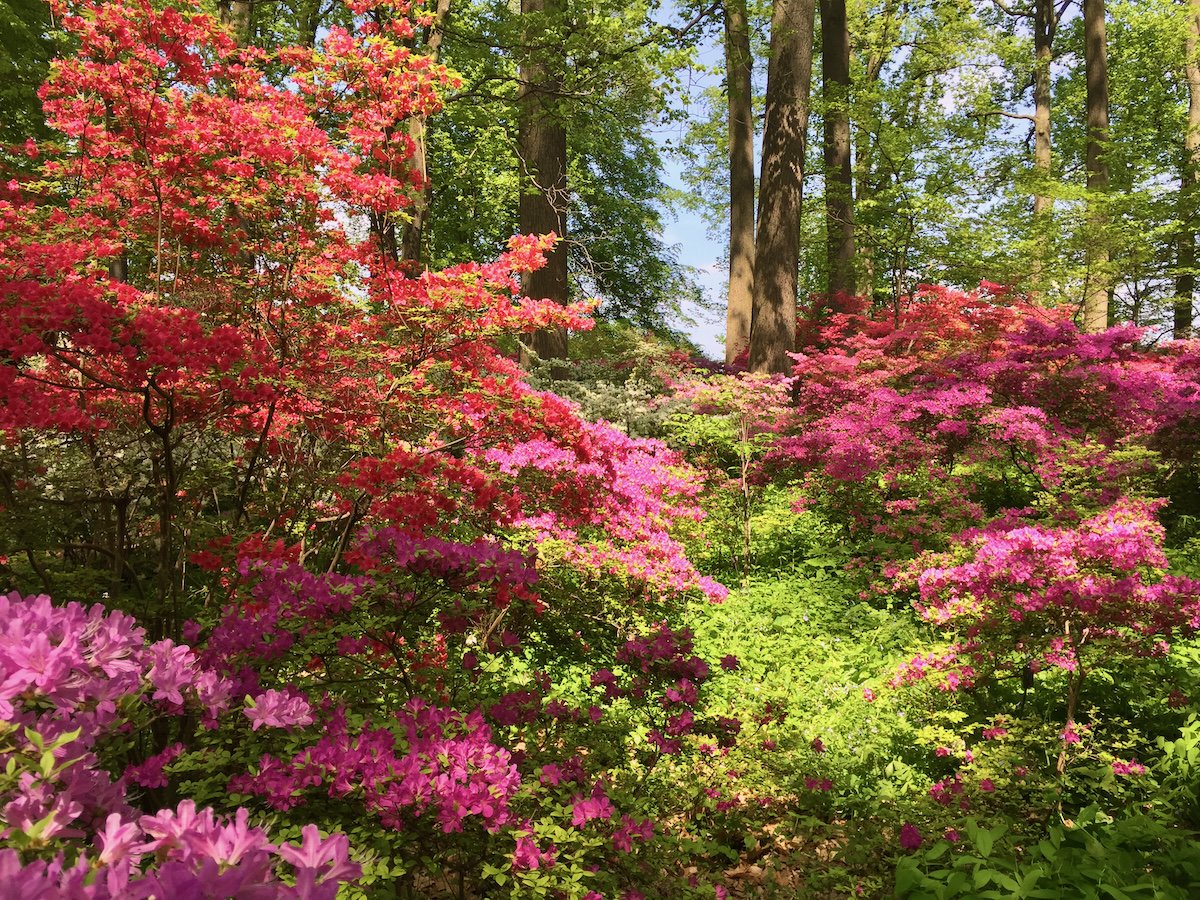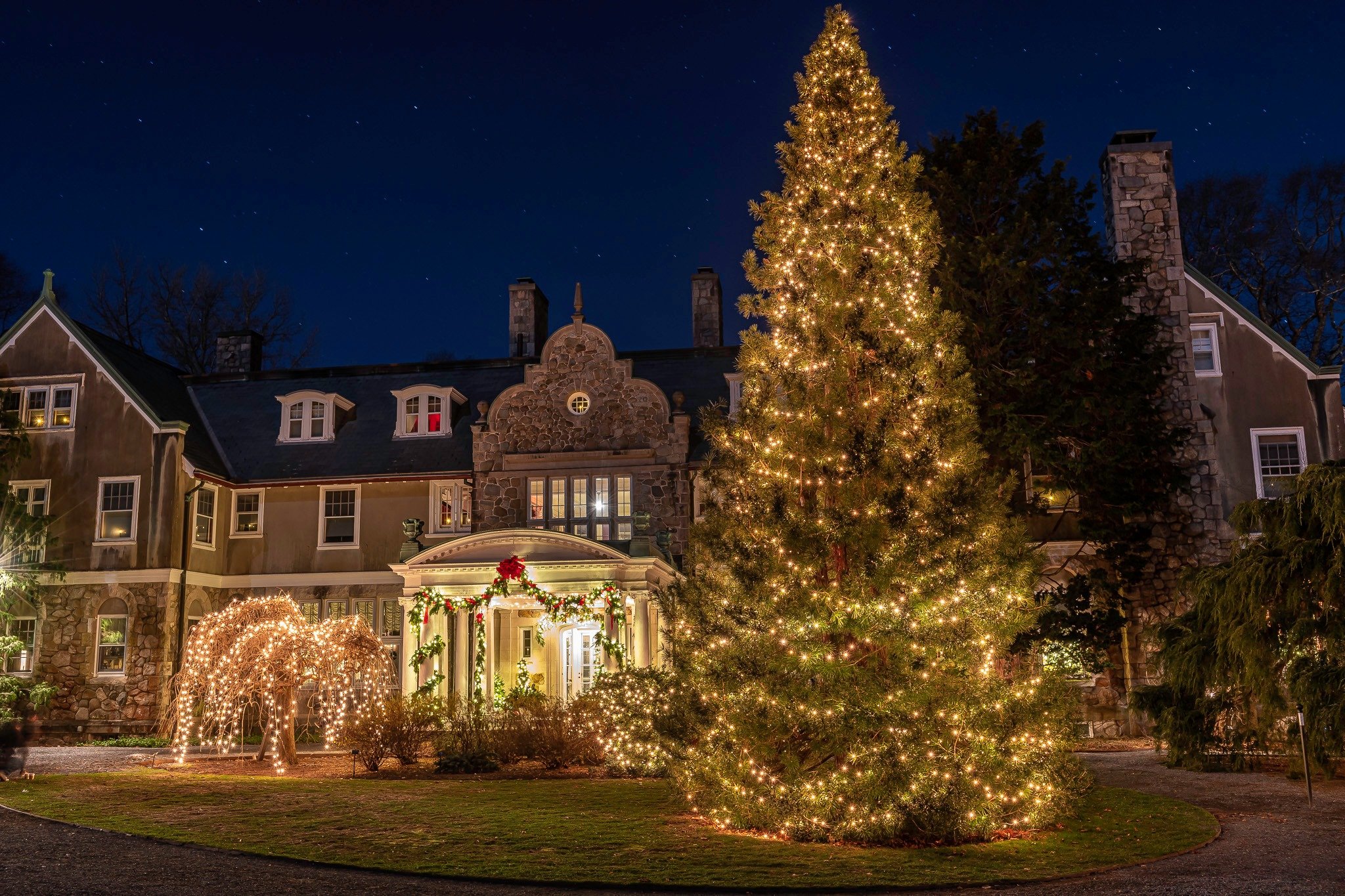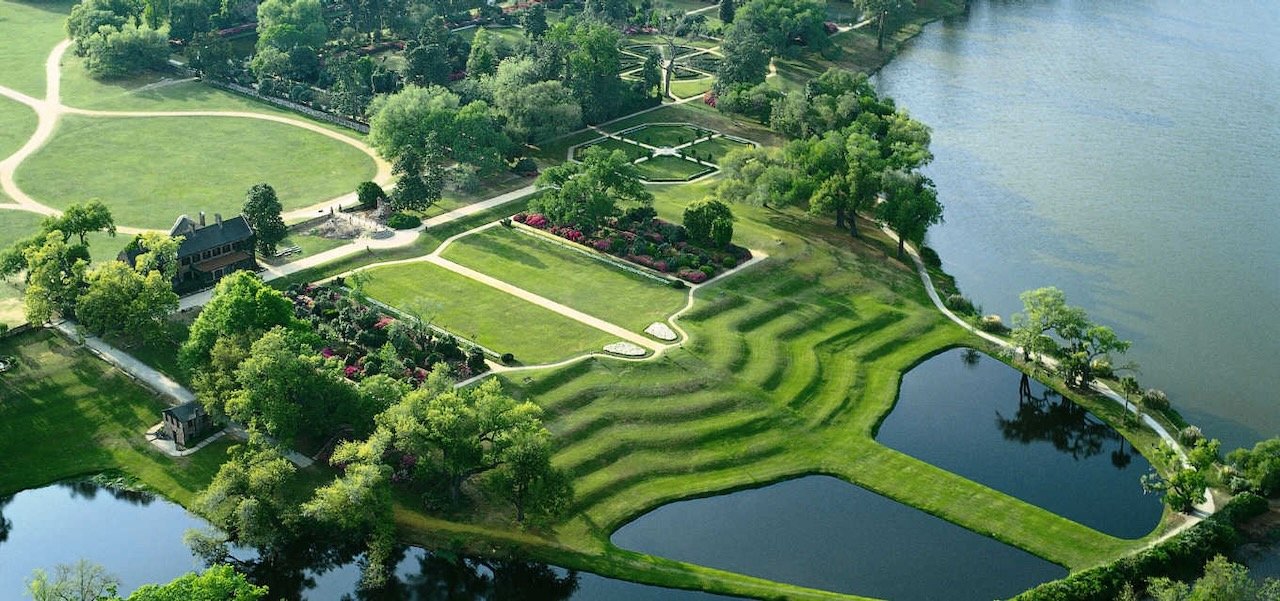Redtwig Dogwood Offers Vibrant Winter Color
/When I first began gardening, the only dogwood I knew of was our native dogwood tree, with it's spring-time show of delicate pink or white blossoms. Yet the dogwood genus contains a huge variety of plants, ranging from woodland ground covers, to shrubs, to trees that grow to forty feet. While many of these make excellent additions to the home landscape, none are more versatile than the redtwig dogwoods. These multistemmed shrubs are garden performers all year long and provide real drama in the winter landscape with their colorful branches.
There are two species of redtwig dogwoods, the Tatarian dogwood (Cornus alba) and the Redosier dogwood (Cornus sericea). Their care, cultural requirements and effect in the landscape are nearly identical. They are easily grown and transplanted, adapt well to dry or extremely moist soils, and prefer full sun to part shade. In spring, they have flat, cream-colored flower clusters that are followed by ivory or blue berries which provide food for birds. They have a rounded shape and spread by suckers or underground stolons, especially in moist soil, forming colonies with colorful stems in winter that have great ornamental appeal.
The Redosier dogwood is native to North America and is very useful in the New England designed woodland garden, where it spreads naturally in colorful swaths. It is often planted in groups in the shrub border or massed on slopes for erosion control. The Tatarian dogwood is native to northeastern Asia. In the home landscape, it is typically planted in groups, often with needled evergreens as a background for its colorful winter stems. Both dogwood types grow vigorously in Zones 3-7, but neither does well in the heat and humidity of the south. Noteworthy varieties are C. sericea 'Baileyi', which grows 6-9 feet high with foliage that turns reddish-purple in fall and has a winter stem color of dark red; and C. alba 'Bud's Yellow',which grows to 6 feet high, has reddish fall foliage and a winter stem color that is an unusual bright yellow.
All redtwig dogwoods offer multi-season interest, but there are some that add more drama to the home garden than others. I love the cultivars with variegated leaves: their bright foliage commands attention, spring through fall. In my garden, I grow two variegated C. alba cultivars. I use 'Elegantissima', which has greenish-grey leaves edged in white, to brighten up a shady spot in my shrub border. In early spring, its red stems are complemented by a nearby grouping of yellow-flowering trout lilies (Erythronium), whose green leaves are mottled with the same dark reds of the dogwood. In summer, 'Elegantissima' mingles effortlessly with ferns and other perennials, such as hosta (H. 'Winfield Blue', H. 'Shade Fanfare' and H. 'Dream Weaver'), a small blue grass (Festuca glauca 'Boulder Blue'), coral bells (Heuchera 'Coral Dream') and epimedium.
I have grown the variegated C. alba 'Ivory Halo' in a large planter on my deck since 2008. This may be the year it gets planted out in the garden, but I am sold on its performance, beauty and adaptability as a year-round container plant. I will definitely plant another to grace my deck. Or maybe this time I'll try a new cultivar, like 'Silver & Gold', which has green and silver foliage and cheery yellow stems in winter.
Redtwig dogwoods require pruning to retain the winter effect of vivid branch color: the brightest color occurs on the newest branches. Prune out old, colorless branches that are more than 2-3 years old; cut them back close to the ground to stimulate bright new growth.
The redtwig dogwoods offer year-round beauty in the suburban landscape. They are especially valued for their vibrant winter stem colors that are stunning when framed by the snow. Redtwig dogwoods can be purchased at many local nurseries and from online sources such as forestfarm (www.forestfarm.com).
By Joan Butler

































